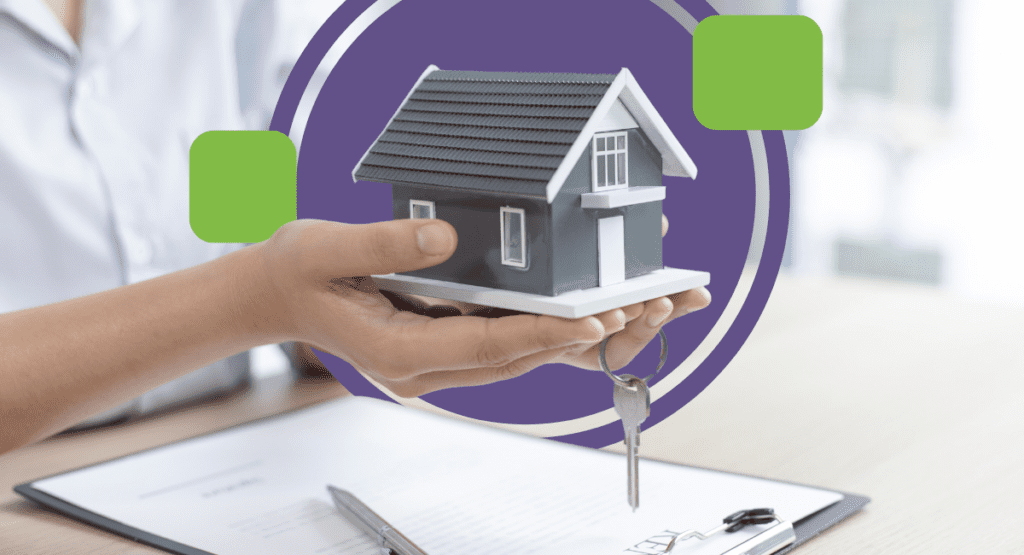Key Takeaways:
- SoFi® doesn’t offer a physician mortgage.
- General SoFi®mortgage loan options include a 3% down payment.
- Some doctors can use a piggyback loan or 80/10/10 mortgage to avoid private mortgage insurance).
- Other mortgage lenders might offer physician borrowers a better deal.
Physicians are some of the highest-paid medical professionals, with primary care doctors making, on average, $236,000 per year. Specialists earn, on average, $344,000 a year. However, this high pay rate comes at a cost in terms of student loans.
That high amount of student debt can make it difficult to get a conventional loan. However, some mortgage loan providers offer special programs to physicians. These programs often have no down payment requirement and looser underwriting requirements. Not every lender offers them, but you might be able to access other loan programs.
What’s a physician mortgage loan?
A physician mortgage loan is offered by some lenders as a way to help doctors with high debt and low savings. Some of these loan programs also include dentists and other medical professionals. However, they usually have a high income that’s stable. Some banks offering these mortgage products even allow medical residents to access these programs.
To get a physician loan, a homebuyer usually needs to have some type of medical degree and an employment contract. Additionally, even though a doctor loan program might not require a down payment, eligibility usually requires a credit score of at least 700. This reduces upfront costs, making it possible to buy a more expensive house that you wouldn’t normally qualify for.
One of the perks of a physician mortgage is that you usually don’t have to pay private mortgage insurance (PMI) — even though you put down less than 20%. On top of that, loan amounts can be more than $1 million. Finally, many physician mortgage lenders exclude student loan debt from debt-to-income ratio (DTI) calculations. This makes it easier to qualify based on monthly payments.
What mortgage product do you need?
Your Occupation
Home Price Range
Preferred Down Payment
Stage You're At in the Home Buying Process
When Do You Want a Mortgage Approval?
How Many Banks Would You Like Quotes From?
Any Bankruptcies or Short Sales?
Full Name
Phone Number
State Where You Plan to Purchase
Metro Area Where You Plan to Purchase
Citizenship Status
Communication Preference
Would You Like to Add Any Additional Details?
Does SoFi® offer physician mortgage loan programs?
SoFi® doesn’t currently offer a home loan specifically aimed at physicians. For doctors who are looking for a traditional mortgage with a manageable monthly payment, some options can make getting a home loan more accessible.
3% down payment
SoFi® offers fixed-rate loans, as well as a down payment option of as little as 3%. First-time homebuyers can access this low down payment option, and many physicians can manage to put together that amount.
However, you might still need to pay PMI with a down payment that low. The application process is relatively simple with SoFi®, however, and they offer up to $9,500 in real estate commission rebates.
Piggyback mortgage
Another possibility for those who want to avoid PMI is to use a strategy known as a piggyback mortgage. With this approach, you put down a smaller down payment and use home equity to get a second mortgage to cover the rest of the down payment, allowing you to avoid PMI.
One of the most popular types of piggyback mortgage is the 80/10/10 mortgage. In this arrangement, you make a 10% down payment, borrow 10% in equity and thus avoid private mortgage insurance.
For example, you might want to buy a home with a purchase price of $500,000. You secure financing for $400,000, using a $50,000 down payment (10%). The rest of the financing process is finished with a second mortgage of $50,000. Essentially, there are two loans on the home, but one of the loans “counts” toward the down payment, adding up to 20% — and helping the borrower avoid PMI.
Personal loan
Rather than using a piggyback mortgage, you might be able to get a personal loan to help make the down payment. Some underwriting requirements won’t allow you to borrow this way, however, so this approach might not work.
Another consideration is that having more debt could increase your DTI, making it harder to qualify for a loan, especially when combined with student debt payments.
Refinancing your student loans can help you reduce your DTI, however. Depending on your student loan refinancing approach, you could end up with smaller payments that can help you qualify for a loan.
Top lenders offering physician mortgage loans
Instead of choosing a SoFi® loan for your mortgage, it might make sense to look for a different lender.
When considering a lender, compare loan terms, closing costs, fixed and variable rates, prepayment penalties, origination fees and whether there’s an available rate discount if you have a savings or checking account with the bank. Some banks also offer discounts when you sign up for autopay.
You can speak with loan officer to find out if you qualify for the lowest rates and best terms. Also, find out what kind of perks and incentives are available to physicians.
Some of the top lenders that offer loan options for physicians include:
Not all banks offer physician mortgage loan programs in every state. You might need to consider where you live and where these programs are available before you start the application process.
Other loan types for home buying
While it’s possible to get a mortgage with SoFi®, it doesn’t offer all loan types. You might be able to qualify for different government-backed loans not offered by SoFi®. Some of these programs include:
- FHA loan (3.5% down payment)
- VA loan (0% down payment)
- USDA loan (0% down payment, must meet income requirements)
Consider whether these other loan types might help you buy a home. Before you get a physician loan, consider your personal finance situation. Even though it can be tempting to get a physician loan due to the high loan amounts and flexible underwriting requirements, it can cause problems. You might end up with higher monthly payments and feel as though you’re house poor.
In some cases, you might be better off seeking another loan type and getting a student loan refinance to lower your monthly payments.
If you’re not sure how to proceed, one of Student Loan Planner’s experts can help you decide your best option, including helping you understand repayment terms, figure out a reasonable payment amount for your budget, as well as offer guidance through the preapproval process and beyond.

